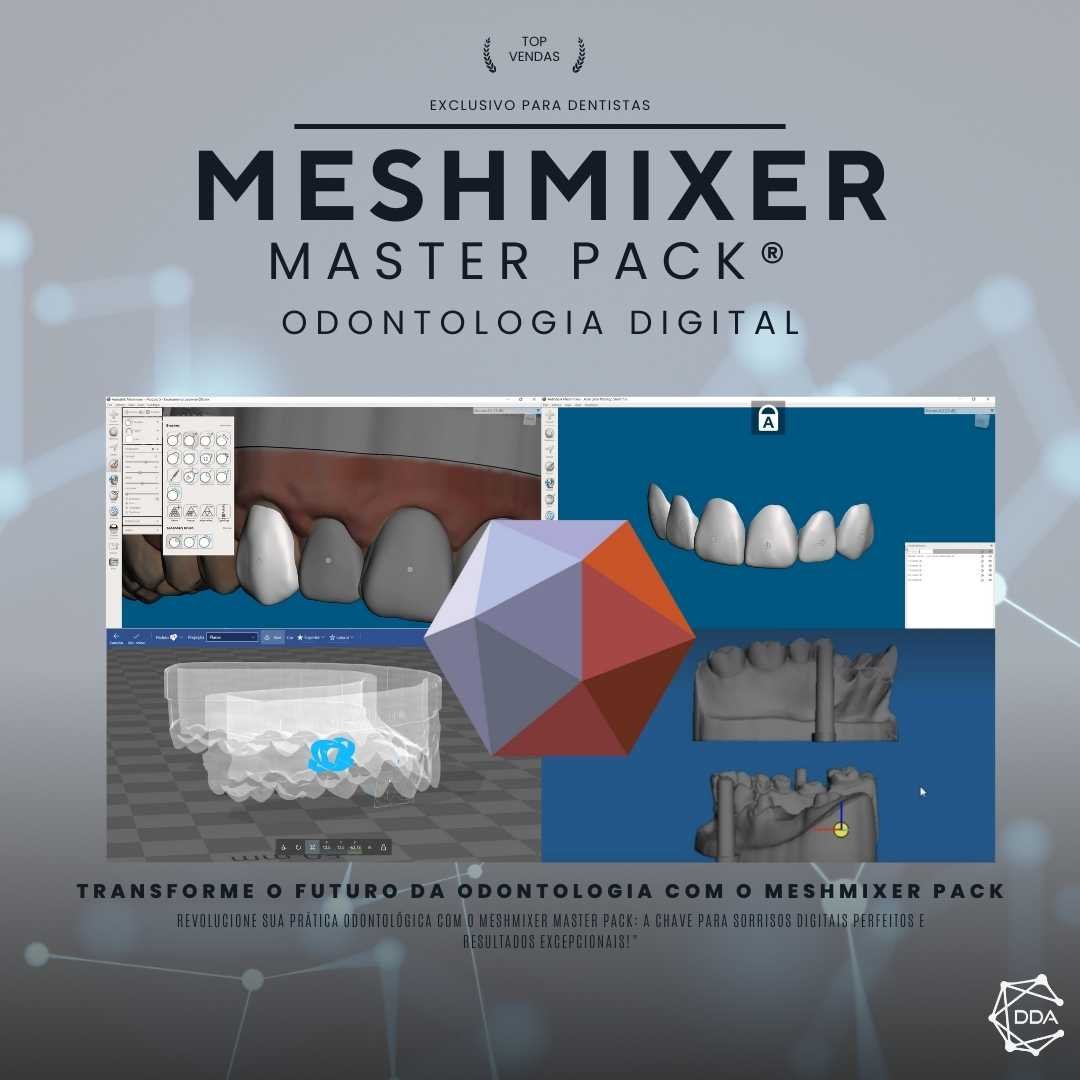What is Digital Yield in Dental Materials?
The term “digital yield” is often used in the field of dental materials to refer to a manufacturing process that uses advanced digital technologies to create customized dental restorations. These technologies include the use of intraoral scanners, computer-aided design (CAD) software, and milling or 3D printing machines.
Intraoral Scanning
The first step in the digital yield process is intraoral scanning. This procedure involves using an intraoral scanner to capture 3D digital images of the patient's mouth. These images are then transferred to CAD software, where they are processed and transformed into accurate digital models of the patient's teeth and oral structure.
Computer Aided Design (CAD)
With digital models in hand, the next step is computer-aided design. At this stage, a specialized technician uses CAD software to create the customized dental restoration. The software allows the technician to adjust the shape, size and other characteristics of the restoration according to the patient's specific needs.
Milling or 3D Printing
After the restoration design is finalized, the next step is the actual fabrication. There are two main options in this process: milling or 3D printing. In milling, a block of dental material is placed in a CNC (Computer Numerical Control) machine that uses a drill to sculpt the restoration according to design specifications. In 3D printing, the restoration is built layer by layer through the deposition of liquid or powder material that is solidified through a curing process.
Advantages of Digital Yield in Dental Materials
Digital yield offers several advantages over traditional methods of manufacturing dental restorations. One of the main advantages is the precision of the process. By using digital technologies, it is possible to achieve perfectly fitting restorations, minimizing the need for rework or additional adjustments.
Furthermore, digital yield also allows for faster fabrication of restorations. With the automation provided by milling machines or 3D printing, it is possible to produce restorations in significantly less time than with conventional methods.
Personalization and Aesthetics
Another advantage of digital yield is the possibility of customizing restorations. Using CAD software, it is possible to create restorations that perfectly suit the anatomy and specific needs of each patient. This includes choosing materials and colors that provide a natural and harmonious aesthetic.
Reducing Errors and Increasing Productivity
Digital yield also contributes to reducing human errors and, consequently, increasing productivity. By using digital technologies, it is possible to eliminate or minimize measurement, calculation and interpretation errors that can occur in traditional methods. This results in a more efficient and reliable process.
Integration with Other Processes
Furthermore, digital yield also allows for greater integration with other dental processes. The digital models generated can be easily shared with other professionals, such as orthodontists or implant dentists, facilitating communication and planning multidisciplinary treatments.
Final considerations
Digital yield in dental materials is an innovative approach that uses advanced digital technologies to manufacture custom dental restorations. This approach offers advantages such as precision, speed, customization, error reduction and integration with other dental processes. With the continued advancement of technology, it is likely that digital yield will become increasingly common in dental practice, providing benefits for both professionals and patients.


